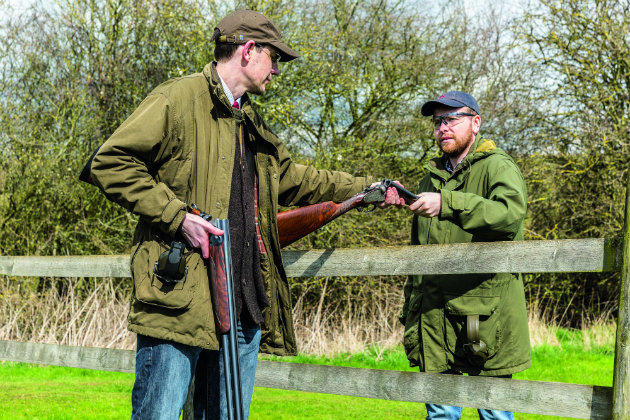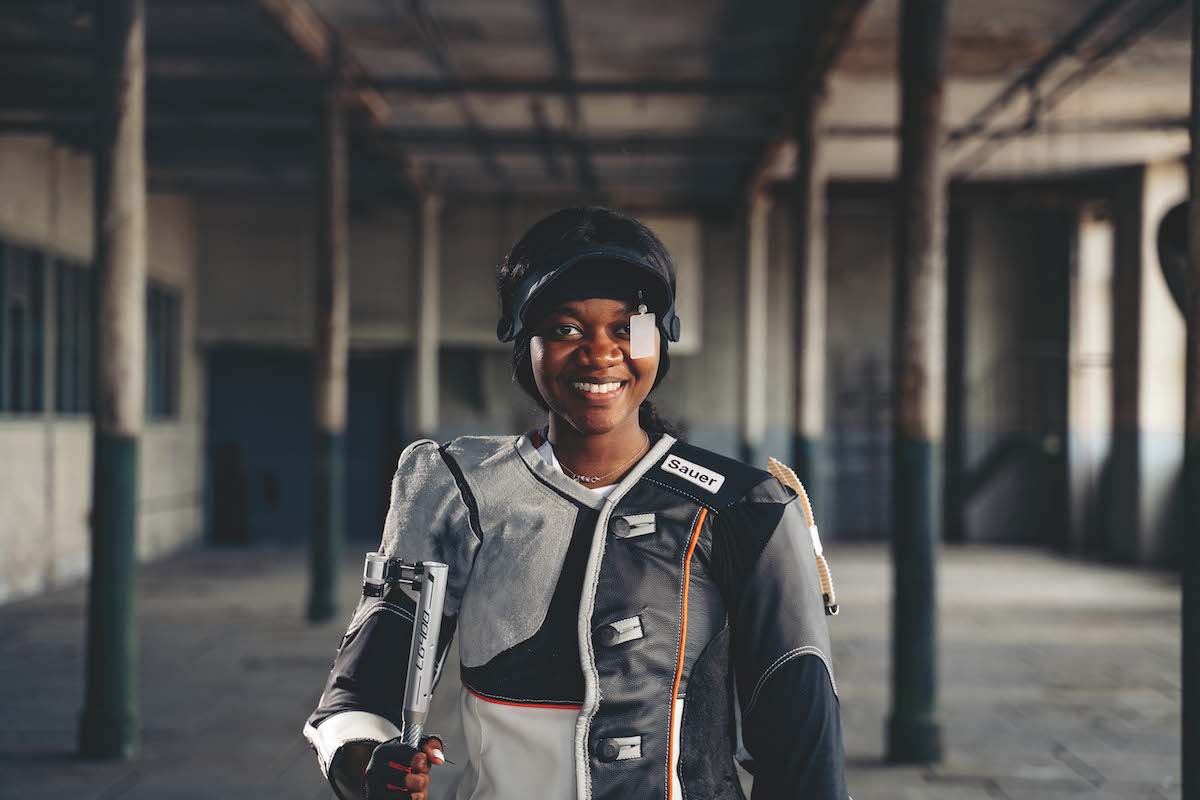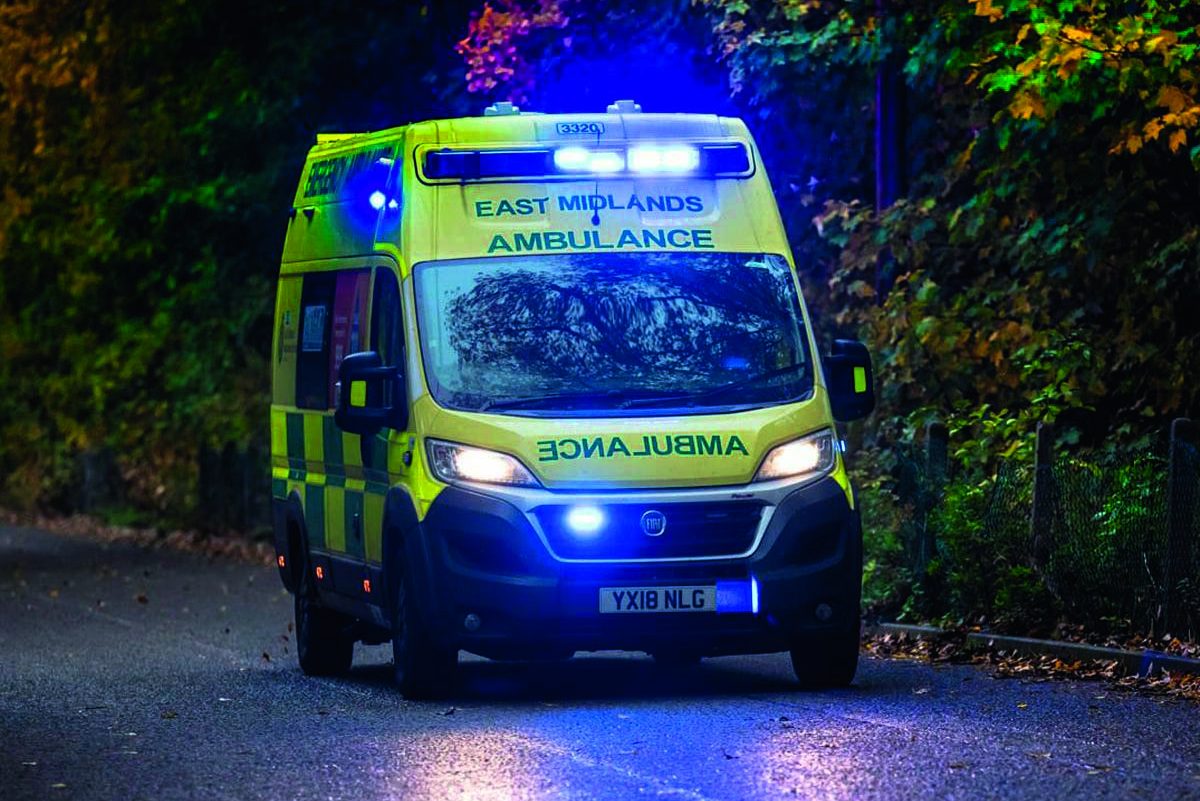Shooting safely – rules everyone should know
Shooting's safety record is second to none because sportsmen treat their gun and fellow shooters with the utmost respect

Always remove cartridges and pass the gun stock first before climbing a fence
Shooting is rightly proud of its safety record. Compared with any other sport you care to name its safety record is second to none. In fact accidents of any sort are exceptionally rare.
This happy state of affairs exists because sportsmen treat their gun and fellow shooters with the utmost respect. They know that at close ranges a shotgun is capable of killing outright, or in the case of a non-fatal shooting, inflicting serious injury.
Never allow the gun barrels to point at another person
The golden rule everyone adheres to is to never allow the gun barrels to point at another person, or non-quarry animal. As soon as the gun is loaded the muzzles should be pointed up
in the air, at the ground, or, in the case of clay pigeon shooting, harmlessly down range.

Never point a gun at anyone, even as a joke
Other safety considerations come into play when you take your gun into the field on, say, a game shoot, but for the purposes of this booklet we’ll stick to looking at the basic requirements when shooting clay targets at either a gun club or shooting school.
It’s important that you put yourself in the hands of an expert instructor from the start because in addition to teaching you how to shoot accurately he will also instil in you the need to shoot safely. Listen carefully to what he says because if you go on to buy your own gun you will be expected to behave properly when you venture down to a club to shoot clays alongside other shooters.
Typically you will be expected to know:
How to remove the gun from its protective slip – unzip the sleeve, take hold of the stock by its grip and start to slide the gun clear of the holder. When the gun is halfway out, push the top lever across to open the action. By the time the gun muzzles leave the sleeve other shooters standing nearby will be able to see that the chambers are clear and that the gun isn’t loaded.

You must open the action before taking the gun out of the slip
Even if other people aren’t present you should always go through the same procedure to reassure yourself that the gun is empty, and safe. While waiting your turn to shoot – either prop the gun in a rack if one’s available or, if there isn’t, hold the gun ‘broken’ over the crook of your arm. Held this way the gun won’t come to any harm and, again, other people will be able to see it’s unloaded.

Resting the gun on your shoulder can result in you hitting an unsuspecting bystander
Be a good neighbour – don’t follow the example of a handful of people who rest their opened gun over a shoulder while waiting to shoot. It’s bad manners to do so. true, you can see the gun’s safe but such folk don’t take into account that other people might be standing behind them. All they have to do is turn to talk to a friend and the gun butt could hit an unsuspecting bystander in the face. Take our word for it – it hurts!

Check to ensure there is no obstruction in the barrels
Once on the firing point or shooting stand, check with the scorer or referee (if there is one) that he’s ready for you to start shooting. Look down each barrel to make sure the bores are clear then load the gun and close it by bringing the stock to the action to ensure the muzzles remain pointing safely at the ground. While on the stand keep your gun pointing safely down range and never turn around with a loaded gun to ask a question. If shooting is interrupted for any reason (for instance the trap running out of targets), always break your gun and remove the cartridges. only re-load when it is safe to do so.

Don’t put your finger on the trigger until you’re ready to shoot
When you’ve shot your allocated number of targets from a designated stand or firing point always make sure your gun is open, and unloaded, before walking back to your friends or changing shooting position. If you’re shooting English Sporting it pays to replace the gun in its protective slip before moving off to the next stand.

Always keep your finger off the trigger until you are safe to shoot








